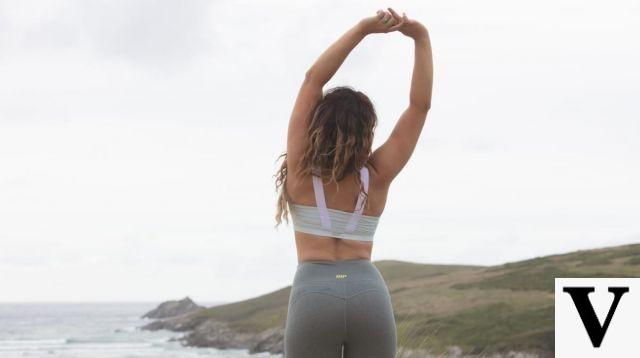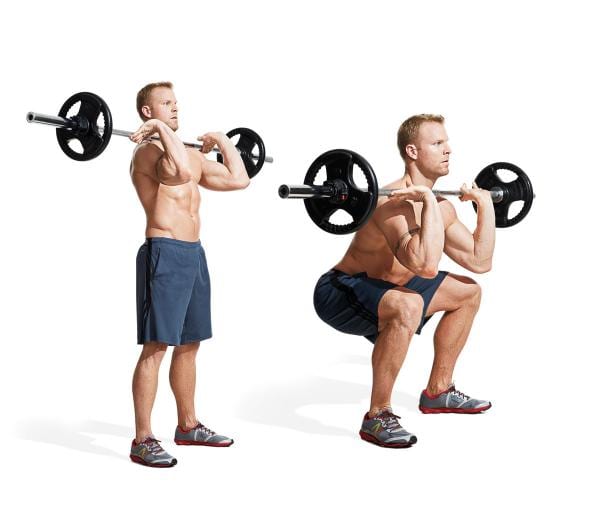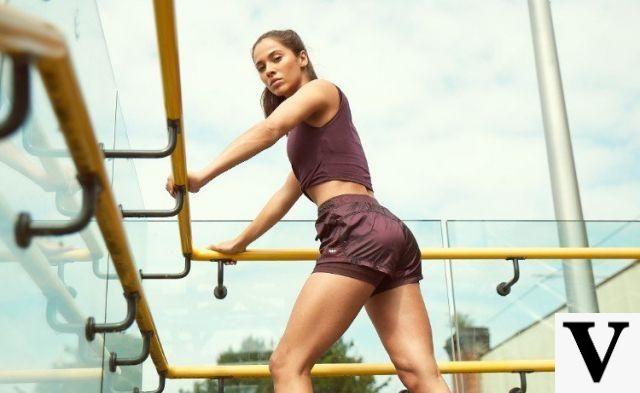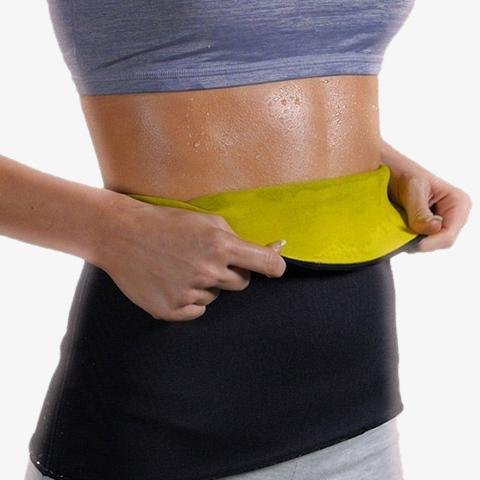Leg Position Squat
The amplitude of the stance in the squat is a factor determined by the particular morphology of the individual and the type of stimulus to be obtained. By stance we mean the distance between the feet.
1. Morphological characteristics
By morphological characteristics we mean how your joints are made. In general, human anatomy is something the same for every human being but there are slight variations that therefore also affect the movements of these joints.
They exist for example people with a morphology suitable for squat movement, these have good length ratios between femur, tibia and trunk, have a pelvis that allows core stability even in the final part of the movement and have good mobility at the level of the ankle joint.
These subjects are the ones who can afford greater variability in stance and therefore can shift the emphasis of the squat to different muscle groups. In case of adverse morphology, however, great progress can be made by working on mobility.

2. Key points
The distance between the feet greatly affects the work of the various muscles of the lower body. Stance is one factor can be manipulated for these purposes but we must always keep in mind the key points which allow a safe execution of the squat.
These key points are:
- Lower back in a slightly extended or neutral position. In the final portion there is practically always a slight retro version of the basin and this is not a big problem. An excessive retro version of the pelvis places a high stress on the lumbar area, if you feel discomfort in the execution of the squat it means that you need to make strategies to solve this problem
- The knees must not fall inside, these must remain in line with the foot or slightly more outwards. When the knees fall in, dangerous shear forces form on this joint that damage the medial collateral ligament of the knee and greatly stress the cruciate ligaments. Some professional athletes allow the knees to move in during the transition phase from eccentric to concentric movement, this is because they exploit the contraction of the adductor muscles to generate a push that allows them to overcome this phase of the movement (which is the most difficult).
- The entire foot must always remain in contact with the ground. The ideal condition is that in which the weight of the body (and of the barbell) is discharged in the central portion of the foot, in correspondence with the physiological arch of the foot. This allows you to maintain a more stable center of gravity and make the most of all the muscles of the pelvis and lower limb.

3. Variables of the stance
A tight stance allows for greater flexion at the knee joint and therefore more work by the quadriceps muscles.
If the goal is to have a maximum ROM then the distance between the feet should be equal to the width of the pelvis, this width must be accompanied by a slight extra rotation of the feet. In this way, the contribution of the buttocks is also favored, at the same time increasing mobility and thus delaying the retro version of the pelvis.
This stance requires good mobility and often opt for a greater distance between the feet.
This allows you to overcome the lack of mobility and still take advantage of a maximum contribution of the quadriceps.
The more the stance widens and the more the ROM is reduced to get to parallel with the femur, this, however, to the detriment of an optimal contribution from the quadriceps. Generally, the wider the stance is, the more straight the feet have to stand: with a wide stance it is more difficult to keep the knees extra rotated and therefore it would be more difficult to keep these in line with the foot.
4. Extreme stances
A narrower stance than the pelvis or an exaggerated width have their value. They certainly don't offer the best leverage ratios to use maximum weights but they do offer the ability to work on mobility and weaknesses.
An extremely narrow stance allows you to work on the mobility of the ankle, often this is very deficient and goes to fill this deficiency by ascending the kinetic chain, for example in the lumbar area.
An extremely wide stance allows you to intensively work the extra rotator muscles of the hip and therefore to reinforce them, contributing to greater stability of this joint.


























